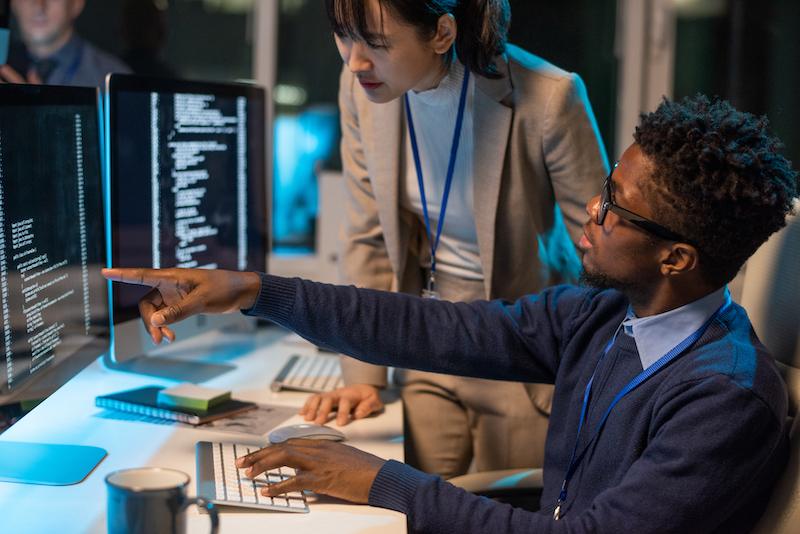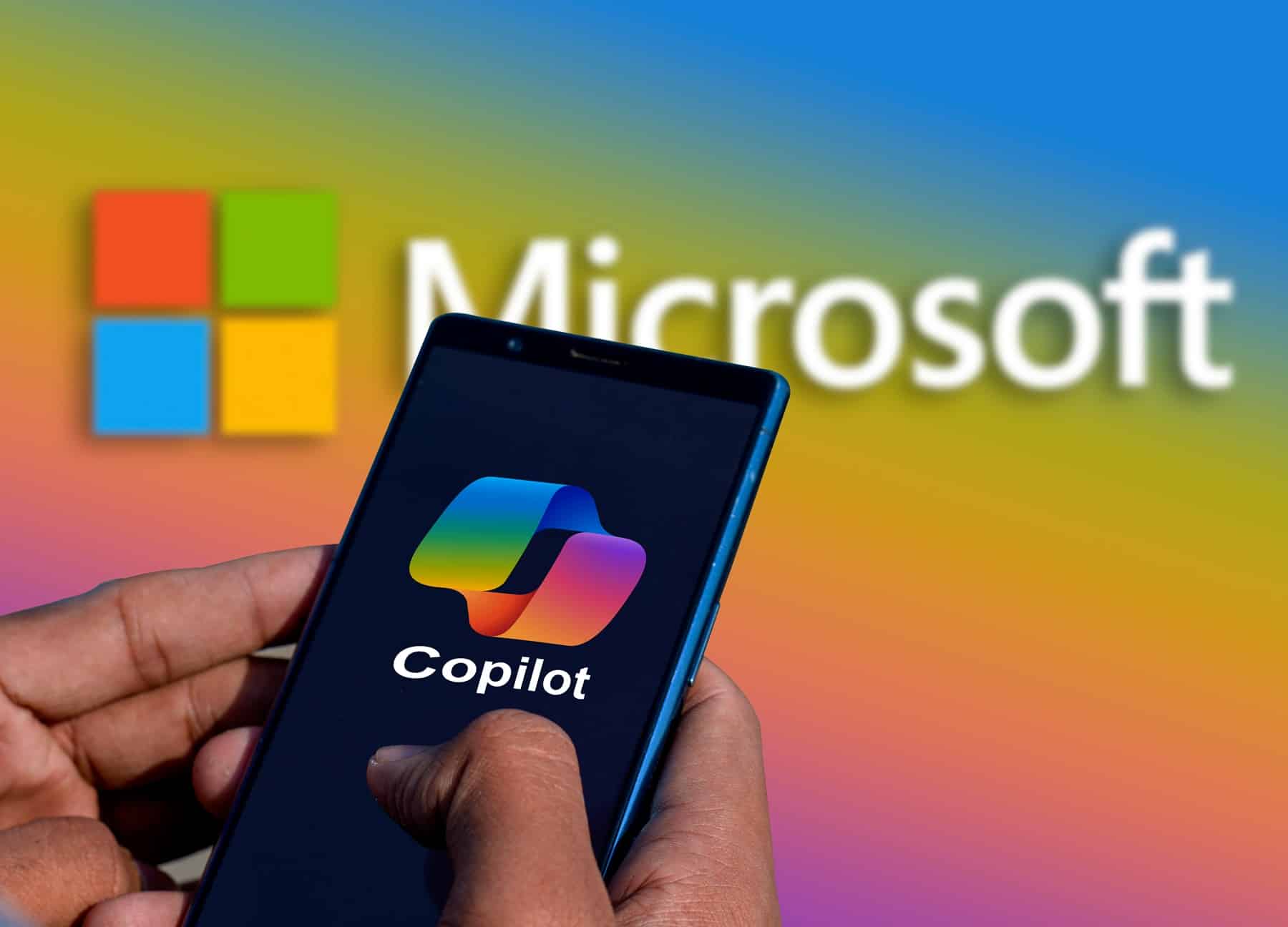Cybersecurity has been greatly affected by COVID-19.
Data from Microsoft shows that 58% of businesses have increased security budgets whereas 82% plan on adding security staff. With companies being encouraged to allow for a remote workforce, it has been a significant driver for the transformation in cybersecurity services within these past few months.
Here are 4 ways that COVID-19 has changed Cybersecurity for the foreseeable future:
1) Digital Empathy
Digital empathy is displaying empathy in designing technology to enhance user experience. Improving end-user experience and productivity while working remotely is the current top priority of business leaders. COVID-19 has affected everyone in one way or another. We have all had to adapt to new ways of life, at home and at our workplaces and because of this we are seeing the rise of digital empathy. By applying empathy to digital solutions, we are adapting to accommodate a diverse group of individuals’ ever-changing circumstances.
2) Zero Trust Security
“Zero Trust” is a security model based on the principle of maintaining strict access controls and not trusting anyone by default, even those that have already had previous access to the network. Companies that relied on traditional security methods like firewalls were not prepared for this pandemic. Not only were they having trouble meeting the needs of a new remote workforce but they were also more susceptible to COVID-19 themed treats.
Instead of assuming everything behind the corporate firewall is safe, the Zero Trust model assumes breach and verifies each request regardless of where it originated from or what resources it is asking permission to request. Zero Trust teaches us to “never trust, always verify.”
Multi-factor Authentication (MFA) prevents 99% of credential thefts and is the first step in the Zero Trust model, as every access request is authenticated, authorized, and encrypted before granting access.
3) Diversity of Data
Cybercriminals adapt to the times and change their tactics to take advantage of global or local events to lure new victims. Data from Microsoft illustrated that they caught 8 trillion daily signals from a blend of automated tools and human insights to help identify COVID-19 themed threats before they reached customers. Diverse data sets mean better threat intelligence.
4) Cyber Resiliency & The Cloud
Cyber Resiliency is a measure of how well a business can manage a Cyberattack or data breach while continuing to operate its business effectively. That being said, cybersecurity is the foundation to operational resiliency as more organizations enable a secure remote workforce. Today’s businesses are more reliant than ever on cloud technology, helping organizations develop a comprehensive cyber resilience strategy. Businesses need to be regularly evaluating their risk threshold and ability to recover quickly from any potential threats through a combination of human efforts and meaningful technology tools set in place.
Learn more about Cybersecurity and the tools EC recommends for your business today!




